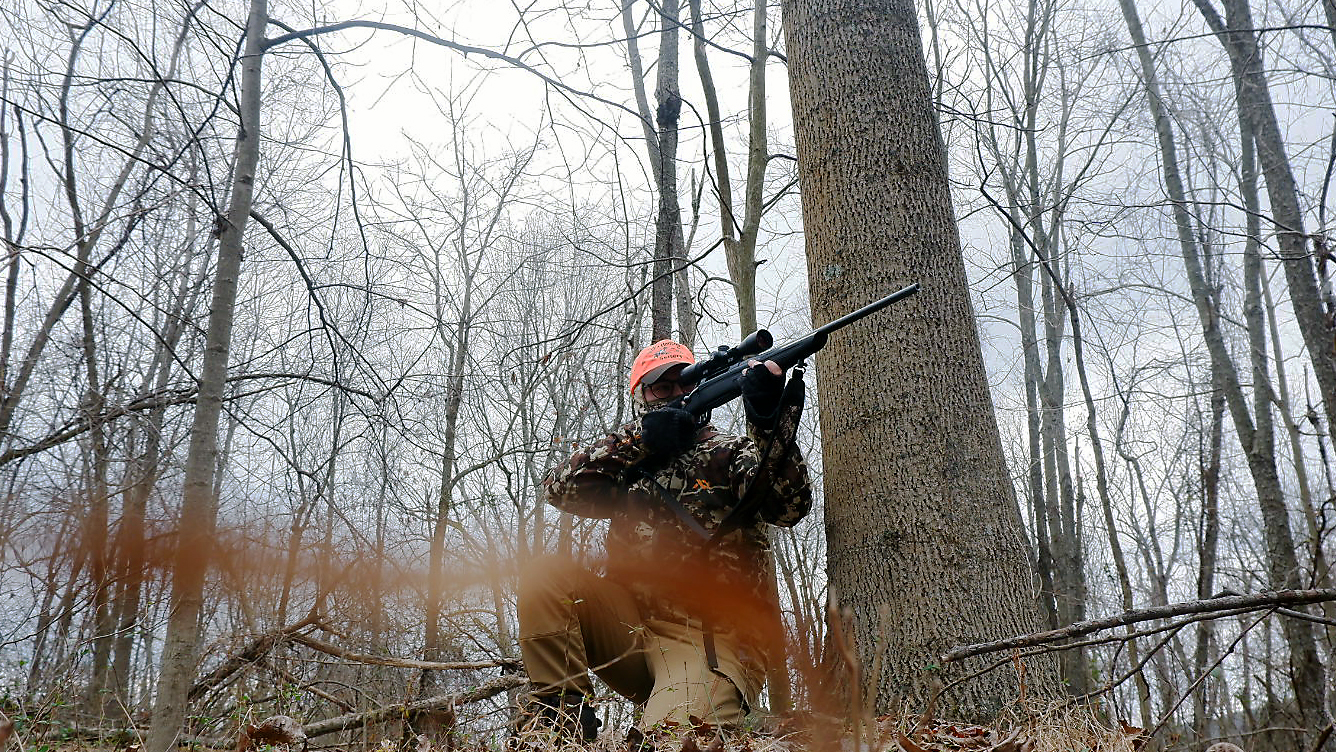COMMENTARY BY DR. DAVE SAMUEL
In March 2008, health officials in North Dakota, Minnesota and Iowa restricted the use of venison in food pantries because of fragments of lead bullets in the meat. Before that lead fragments were found in California condors that consumed gut piles from big game animals harvested in California. Those findings led to an October 2007 bill signed into law banning lead bullets used for big game hunting in areas of California where condors fed.
Then, this whole lead contamination situation took an ominous twist when a doctor, Dr. William Cornatzer, from North Dakota announced that he x-rayed 95 packages of donated venison and found lead fragments in 53 of them. Once Dr. Cornatzer reported his “study,” North Dakota officials stated that any venison in food pantries had to be destroyed. This was an alarming precedent because venison has become a mainstay in thousands of food pantries around the country. From there, things spread rapidly as Minnesota and Iowa officials also stopped the distribution of venison to the needy. It was obvious that more testing of venison in food pantries was needed, so Minnesota officials did so and found that 273 of 1239 samples (22%) contained lead fragments.
Pro-pantry and pro-hunting groups responded quickly, stating that venison has been eaten by hundreds of thousands of people for years with no problems. Iowa quickly cleared the use of venison in food pantries in April 2008, in part because their studies showed that samples of ground venison had less than one part per million of lead or no lead at all.
One month later, in response to a growing concern about lead in venison, state and federal health officials sampled blood from 738 North Dakota citizens who consumed venison. This study found that 80% of those tested had eaten venison and their blood lead levels were two-thirds higher than those who didn’t eat venison. The National Shooting Sports Foundation quickly noted that no one in that study had lead levels over the nationally recommended standard.
Even so, many states have placed restrictions on meat donated to soup kitchens by hunters, or have posted advisories to hunters on the potential problem. Of special concern are children and pregnant women who consume more than two meals of venison a week. Some say two meals every month.
Even though the North Dakota study showed no health problems, Minnesota has now gone one step further. There, the state uses a refrigerated truck that goes to designated food processors and picks up frozen venison destined for food pantries. It is then x-rayed using DNR employees who look at the x-rayed meat as it passes through a machine to see if there is lead. If so, the entire package of meat is destroyed. Apparently, over recent years, nine percent of all packages were contaminated and destroyed – in 2019 that was 946 pounds of deer meat.
The cost to x-ray meat in Minnesota in 2019 was about $100,000 for 13,000 pounds of meat. My calculation shows that the state spends $7.70 a pound to donate venison to soup kitchens. Wow. Sounds like the state could buy beef steak for soup kitchens.
Several states have noted that grinding deer meat can further fragment the lead and contaminate more packages of meat. Yet, soup kitchens all want ground meat for use. I should note that venison is not governed by any federal regulation requiring inspection. The feds make recommendations if asked, but, in general, it is up to the state to decide how to handle the lead problem.
Obviously, bullets that do not strike bone will not fragment nearly as much and those that strike ribs will fragment less than those that strike the shoulder or leg bones. Yes, a well-placed lung shot is better relative to lead in meat.
Of course, the best solution is to eliminate lead bullets as California has done. But this is not an easy fix. There are questions on the accuracy of non-lead ammunition. There are also questions on the impacts of non-lead ammunition on gun barrels. Lead is a rapid expansion bullet and that is why it has been used for deer hunting for 100 years. A controlled expansion bullet does not fragment and is more expensive. Copper is one example of such a bullet. Getting state or federal laws passed to change from lead will happen, but it will take years.
What about lead in West Virginia deer meat? There are no data, but based on what we know, almost certainly there are lead fragments in rifle-harvested deer. More and more states are publishing guidelines for hunters to use in handling deer meat in such a way as to reduce the chance of having lead fragments in the meat. My guess is that if the West Virginia DNR does not do that now, they will soon. Those guidelines will include telling hunters who process their own deer to remove more meat around bullet damaged meat and may include something on what meat to process as ground meat.
As most readers of the paper know, the Urban Deer Program donates thousands of ground meat to various food pantries in Morgantown. No lead problem there at all because these are bow harvested deer. There are no broadheads made of lead, nor any that fragment upon impact. The bottom line for all hunters and food pantries will probably be that properly butchered deer meat is safe to eat. As I said, the solution is to eliminate lead bullets. That will happen slowly, but it will happen. Sooner is better.




